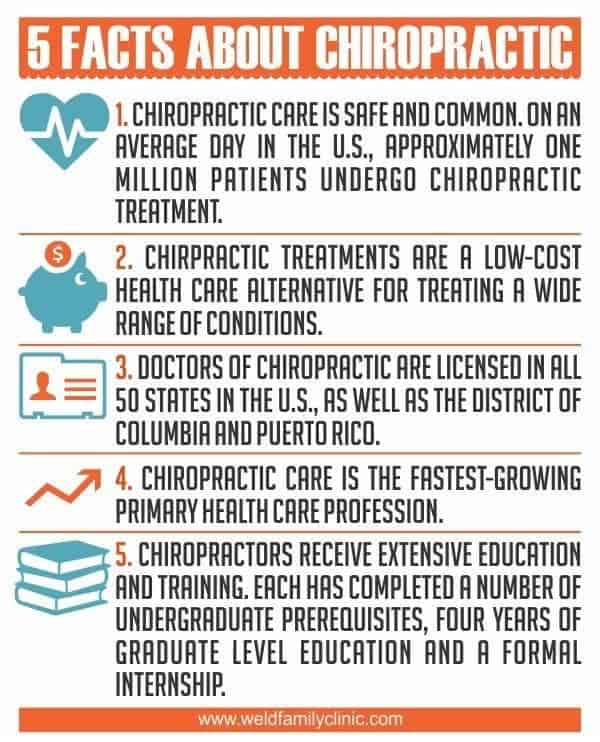Many People Ignore Refined Indications Of Stress; Discover If You Are Just One Of Them And Discover Just How Soft Tissue Therapy Can Assist
Many People Ignore Refined Indications Of Stress; Discover If You Are Just One Of Them And Discover Just How Soft Tissue Therapy Can Assist
Blog Article
you could try this out -Spencer Ashby
If you've been handling consistent muscular tissue tension or rigidity, you may be questioning if there's a better solution than just over-the-counter pain relief. Restricted series of activity and recurring pain after an injury can seriously affect your every day life. These indications often suggest that your body needs extra targeted care. So, how do muscle cadaver understand when it's time to think about soft Tissue treatment? Allow's check out some essential signs that might surprise you.
Chronic Muscle Mass Stress and Stiffness
If you typically find yourself really feeling limited and tight after a long day, you could be dealing with persistent muscle mass tension. This pain can slip in from day-to-day tasks, poor posture, and even anxiety.
You might discover that particular locations, like your neck or shoulders, feel especially limited, making it tough to unwind. Ignoring this tension can lead to more significant issues, affecting your general health.
You may find it challenging to unwind or really feel exhausted despite obtaining adequate rest. Incorporating routine stretches or gentle motion can assist minimize several of this rigidity, but it mightn't suffice.
If the stress continues, looking for soft Tissue therapy can offer the relief you require, assisting to recover equilibrium and convenience in your body.
Restricted Range of Movement
A minimal variety of movement can substantially impact your day-to-day tasks and total quality of life. You could find straightforward jobs, like grabbing a thing on a shelf or bending down to link your shoes, ending up being significantly hard.
This limitation typically originates from limited muscular tissues, joint issues, or previous injuries, making movement uncomfortable or perhaps excruciating. When you can not relocate freely, it affects your ability to workout, play sporting activities, or take part in hobbies you enjoy.
Soft Tissue treatment can aid alleviate these concerns by targeting the underlying muscle mass tension and improving flexibility. If you see tightness, pain, or a failure to totally prolong or flex your joints, it deserves thinking about therapy to restore your wheelchair and enhance your total health.
Persistent Discomfort After Injury
Experiencing consistent pain after an injury can be aggravating and devastating. You might've believed the discomfort would certainly discolor with time, but when it remains, it can indicate a deeper problem.
This continuous discomfort might hinder your daily activities and affect your quality of life. You may observe stiffness, swelling, or level of sensitivity in the afflicted location, which can restrict your capacity to move freely.
If https://ryortho.com/breaking/non-opioid-sciatica-treatment-fast-tracked-by-fda/ 've tried rest, ice, or non-prescription medications without success, it's essential to take into consideration soft Tissue therapy. This strategy targets the muscular tissues, tendons, and tendons surrounding the injury, promoting healing and discomfort relief.
Do not let relentless discomfort control your life-- seek expert help to come back on the right track and regain your flexibility.
Conclusion
If you're experiencing chronic muscle mass tension, minimal series of activity, or relentless pain after an injury, it's time to think about soft Tissue treatment. Disregarding these indications can result in more discomfort and prevent your day-to-day activities. Rather than relying solely on over the counter medications, seeking specialist aid can efficiently address your signs and advertise healing. Do not wait for your discomfort to get worse-- do something about it currently and boost your quality of life with the right therapy.
